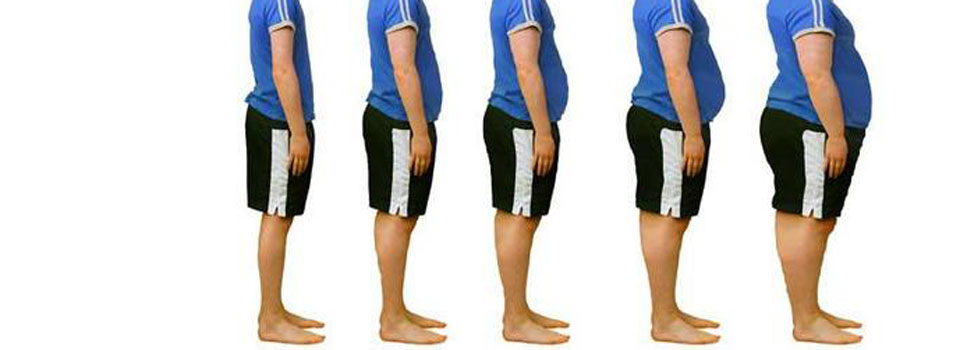Being overweight is a known risk factor for heart disease, diabetes, and a host of other health problems. Now, a research team led by University of Georgia scientists has found that obesity may also be bad for bone health.
Researchers conducted three-dimensional bone scans of 115 young women with normal (less than 32 percent) and high (greater than 32 percent) levels of body fat. After adjusting for differences in muscle mass surrounding the bone, the researchers found that bones of participants with high body fat were 8 to 9 percent weaker than those of normal-body-fat participants.
Previous studies on bone health and obesity used a two-dimensional bone densitometer, commonly employed in osteoporosis screenings. Study co-author Richard D. Lewis, a professor of foods and nutrition in UGA’s College of Family and Consumer Sciences, explains that a notable shortcoming of the bone densitometer is that it does not take into account bone shape and geometry, which have a substantial influence on bone strength. The new study used a three-dimensional imaging technique that measures not only the shape and geometry of the bone but also its mineral content. The study found, surprisingly, that normal- and high-body-fat young adult females have comparable bone strength-at least, in a direct comparison that did not account for muscle mass.
“The fact that the two groups had similar bone-strength measures is remarkable in itself, because you would expect it to be higher in the heavier person,” Lewis said.
Doctoral candidate Norman K. Pollock, lead author of the study, explains that muscle exerts force on bones, which stimulates their growth. Overweight people tend to have more muscle surrounding their bones than do their leaner counterparts, leading most researchers to assume that being overweight is good for bone health.
But “when we corrected for the amount of muscle, we found that obese people were not making as much bone as they should for the amount of muscle that they had,” Pollock said. “Researchers hadn’t observed that in the past, because they weren’t using the three-dimensional scan.”
Lewis says that the exact mechanisms by which excess fat hinders bone strength are unclear, but studies of obese rats show that they produce more fat cells in the bone marrow and fewer bone cells. Because fat and bone cells derive from the same precursor, it may be that fat-cell production is favored over bone-cell production in obese people as well.
The women participating in the study were 18 and 19 years old, ages at which the bones have stopped growing (though age-related degeneration has not yet begun). Lewis said that follow up studies using three-dimensional bone imaging should follow children with normal and high levels of body fat through time to see how their skeletons grow. Other researchers have documented higher numbers of fractures in overweight children, suggesting that childhood obesity may be particularly detrimental to bone health.
“When you’re young you have the capacity to change the shape of your bones,” Lewis said. “But when you get older you lose that capacity. As a result, childhood obesity could have a significant and long-lasting negative impact on the skeleton.”
